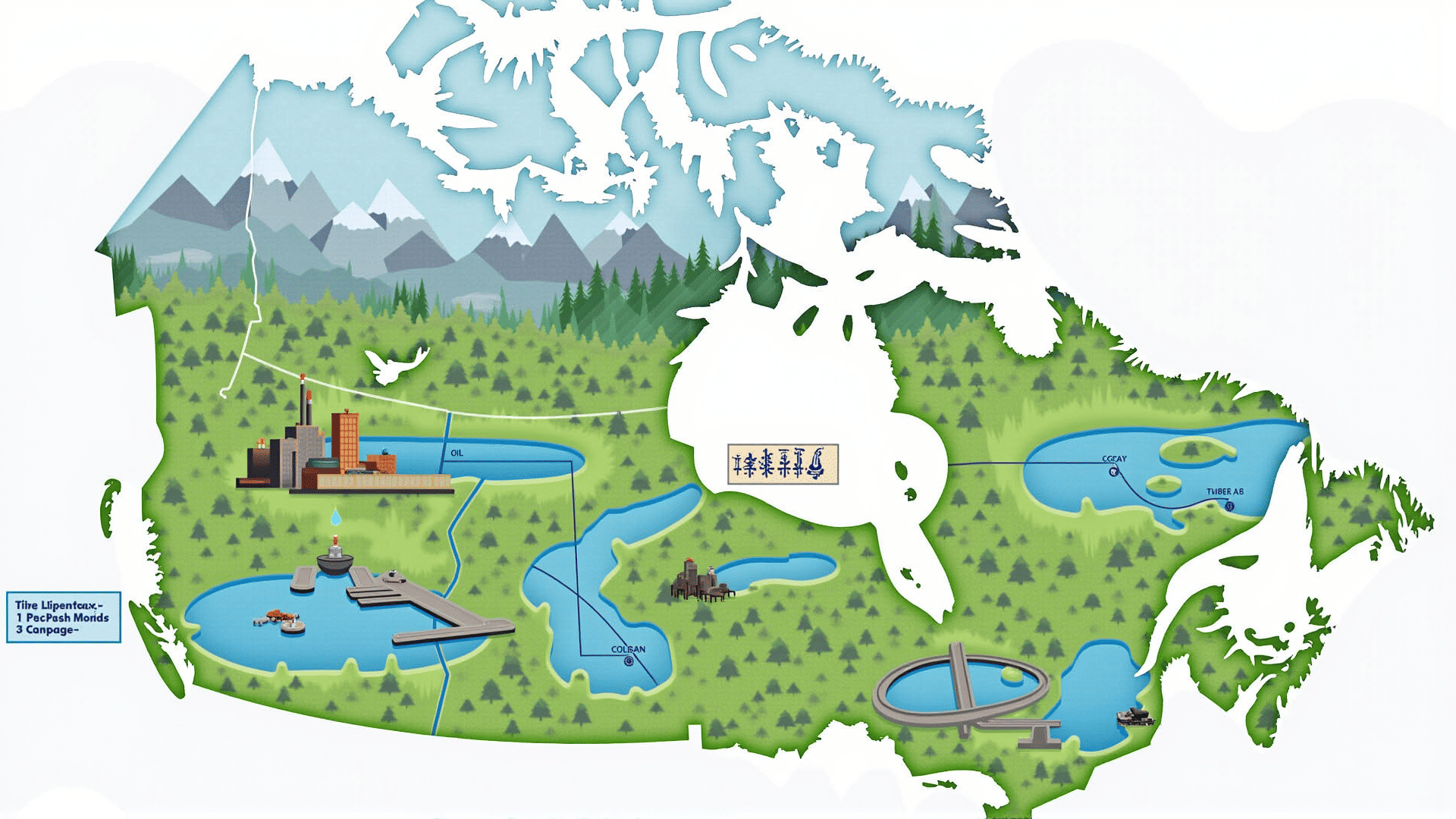Resource distribution within Canada is a multifaceted process that is integral to the country’s economic and societal framework. At its core, this involves the allocation of natural, human, and technological resources to various sectors, regions, and communities across the nation.
One of the central aspects of resource distribution is the management of natural resources, such as oil, gas, minerals, forests, and water. These resources are abundant in Canada and form the backbone of many regional economies. The country's federal structure means that Provinces and Territories hold significant power over these resources, influencing how they are extracted, managed, and utilized. This approach allows for tailored policies that consider regional needs and priorities, although it can also lead to disparities in wealth and development.
For regions rich in resources, such as Alberta with its oil sands, the economic benefits are substantial. These include job creation, infrastructure development, and increased public spending capacity on social services. However, reliance on such resources can create vulnerabilities related to market fluctuations and environmental concerns. In contrast, regions with fewer natural resources or those transitioning to other industries may face economic challenges, requiring policies to support diversification and innovation in other sectors.
In addition to natural resources, Canada places a strong emphasis on human resources in its distribution policies. Education and skill development programs are pivotal in ensuring an adaptable workforce that can meet the evolving demands of both traditional and emerging industries. The Canadian government has implemented initiatives that focus on increasing accessibility to education and training, particularly in technology and renewable energy sectors. This strategy is designed to foster a knowledge-based economy that thrives on innovation and resilience.
Technological advancement also plays a crucial role in resource distribution. Infrastructure investments in technology and communication are prioritized to bridge regional disparities and promote equitable access to information and services. These efforts aim to enhance connectivity, particularly in remote and Indigenous communities, enabling broader participation in the national economy.
Furthermore, Canada's commitment to sustainability and environmental stewardship influences its resource distribution policies. Policies are increasingly aligned with sustainable development goals, emphasizing the reduction of ecological footprints and promoting the use of renewable energy sources. These initiatives ensure that economic growth aligns with environmental protection and social wellbeing, addressing both current needs and future challenges.
Overall, the distribution of resources in Canada reflects a complex interplay of political, economic, and environmental considerations. By emphasizing regional autonomy, human capital, technological innovation, and sustainability, Canada seeks to build a balanced and equitable economy that supports societal development across its vast and diverse landscape.
